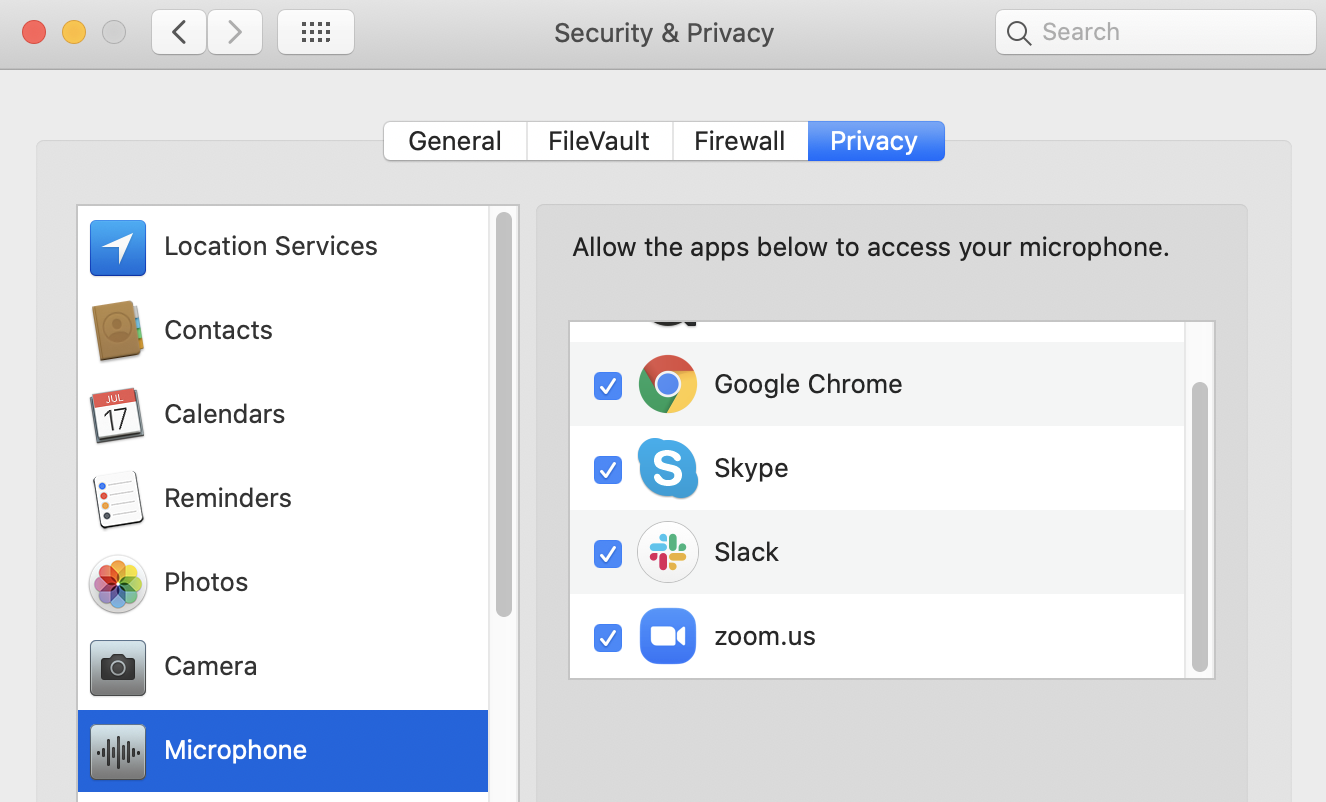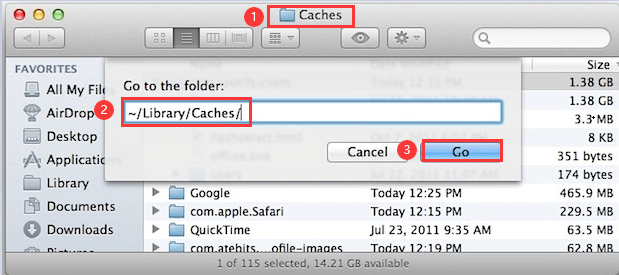

This is why we use a lot of protection on our devices to ensure that everything is intact and nothing gets stolen.Īnother reason to permanently delete files on Mac is if you are planning to sell it to someone else. However, our gadgets like Mac has all our information stored on the hard disk and can be prone to security breaches in case we hand it over or sell it to others.ĭata and other files are easily shared publicly and can be stolen at any time. This certainly invades our privacy and security. No one likes to have their personal information seen and accessed by anyone else. Of Course! Let me tell you how to securely delete files on Mac as follow. Format errors on the Windows partition can sometimesĬreate items in the Trash that cannot be removed in Mac OS X.How do you securely delete files on Mac completely and forever? Is there a way to permanently remove all these files to secure my data? Thanks! Move the new folder to the Trash, and then empty it.Ĭamp, restart your computer in Windows and run disk repair
:max_bytes(150000):strip_icc()/ScreenShot2019-07-31at10.50.26PM-0ffde727ee2541cf83f9c1a5b53127aa.png)
Has finished, try to empty the Trash or throw the item away. Run a file repair program such as Disk Utility or OnyX.It, click Yes or Replace, and then throw the moved


When the Finder asks you if you want to replace Then move or copy it into the folder where the recalcitrant item is Create a new file or folder in a different folder or disk from the.Then, from the Finder menu, selecting Empty Trash. Them to the Trash, then holding down Option, and You can force the Trash to empty even locked files by dragging.Remove files that give you errors, and then try trashing If the item is a folder, try throwing away each of the files.Note that you won't be able to delete a folder if If the file is locked, unlock it andĮmpty the Trash. If the item is a file, click the file once.Quit all open applications, and then try to Check to see if the file (or a file within the folder) is being.If you cannot delete an item in Mac OS X, try the Information here may no longer be accurate, and links may no longer be available or reliable. This content has been archived, and is no longer maintained by Indiana University.


 0 kommentar(er)
0 kommentar(er)
